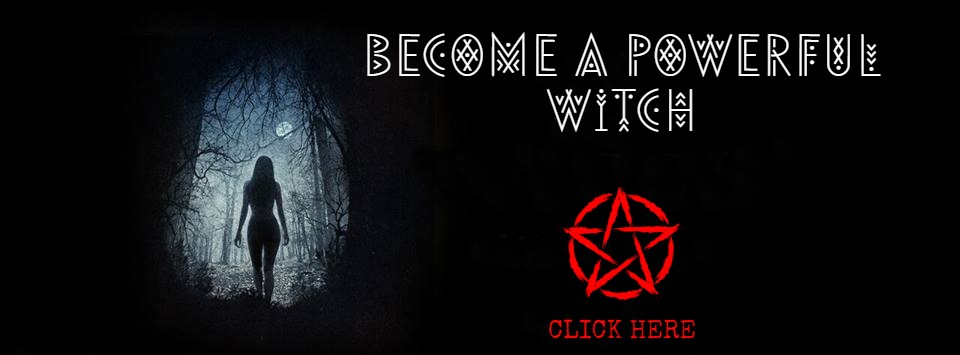Maleficia are malicious acts attributed to witches and sorcerers (see sorcery) in times past that caused harm or death to humans, animals or crops. Since antiquity, witches, sorcerers and magicians have been said to cast negative spells against others out of revenge, spite or malice. During the medieval witch-hunting craze, maleficia implied a Devil’s Pact and was used to explain virtually any natural disaster, accident, illness or personal misfortune.
Maleficia included damage to crops and illness or death to animals, as well as anything with a negative impact upon a person: loss of love, storms, insanity, disease, bad luck, financial problems, lice infestations, even death. Witch-hunters encouraged the blame of accidents and natural disasters upon witchcraft because it enabled them to round up suspects and get convictions.
If a villager muttered a threat or a wish for calamity upon someone and misfortune of any sort occurred to the victim—maleficia. If the local wise woman administered a remedy for an illness and the patient worsened or died—maleficia. If a hailstorm destroyed the crop, the cows wouldn’t give milk or the horse went lame the cause was maleficia. In cases of disease, maleficia was especially suspect if an illness came on suddenly and violently or if a patient’s condition deteriorated rapidly. Maleficia was definitely the cause if a priest administered holy ointment and the patient broke out in a sweat.
Witches were believed to effect maleficia through a variety of ways: incantations; powders, potions, ointments and herbs; effigies stuck with thorns and nails; or a hAnd oF glory. Maleficia could be combatted with preventive witchcraft—charms, powders and potions made from certain herbs such as sage or christianwort, and incantations.
Belief in, and the practice of, malefic magic still exists, especially in remote areas. In many cultures various Amulets and charms are believed to protect one against evil in general, but specific Curses must be removed with specific remedies, usually by another witch or sorcerer. In contemporary Witchcraft, however, such acts constitute a violation of ethics, which hold that witches should harm no living thing (see Wiccan Rede).
SEE ALSO:
FURTHER READING:
- Guazzo, Francesco Maria. Compendium Maleficarum. Secaucus, N.J.: University Books, 1974.
- Russell, Jeffrey B. A History of Witchcraft. London: Thames and Hudson, 1980.
SOURCE:
The Encyclopedia of Witches, Witchcraft and Wicca – written by Rosemary Ellen Guiley – Copyright © 1989, 1999, 2008 by Visionary Living, Inc.

